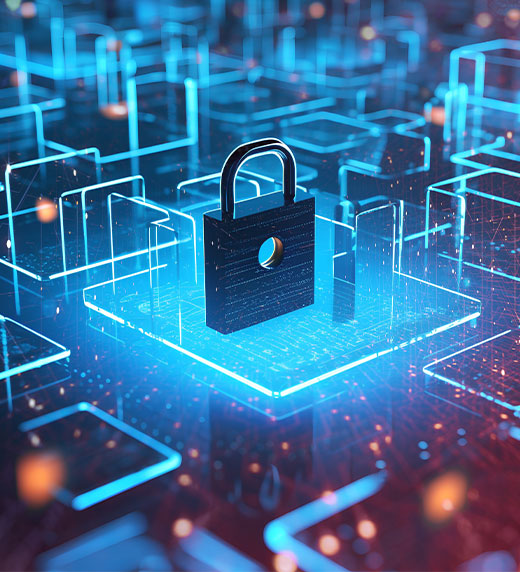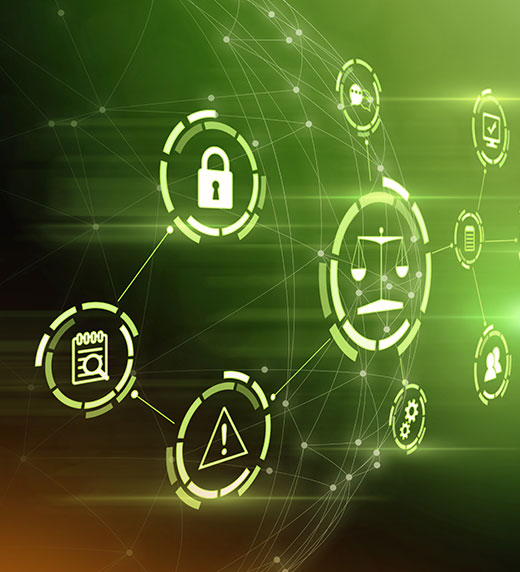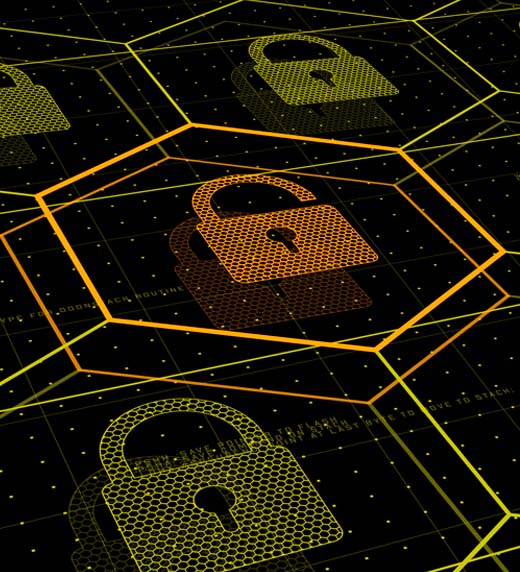Updated May 31, 2023
As remote and hybrid work continue to grow, the traditional workplace model has experienced a rapid transformation. The
internet has become the primary means of workplace communication, and employees working inside the physical walls and
firewalls of a trusted organization’s IT environment is quickly becoming a thing of the past.
To safeguard operations and protect their data, organizations must proactively adapt to this shift. Phishing and malware
attacks will continue to rise, and attackers will take full advantage of remote network vulnerabilities and poorly
trained employees who are unable to identify phishing efforts. Ensuring that your remote workforce is equipped with the
necessary cybersecurity measures can help protect your organization’s data and operations from potential threats.
This checklist highlights five areas to consider as you secure your remote workforce. These steps can serve as a
starting point to help users maintain cybersecurity best practices, reduce digital risk and stay safe when they connect
to your network from home.
- Boost awareness of phishing attempts.
- Provide cybersecurity awareness and phishing training to employees, either through webinars, in-house sessions or by
engaging external resources to organize and lead training sessions.
- Review Department of Homeland Security guidance on phishing scams to improve your understanding of how to recognize
and protect against phishing attacks.
- Additionally, consulting best practices from the Federal Trade Commission on cybersecurity and data protection for
remote workers can help you further safeguard sensitive information when employees are working remotely.
- Reinforce vendor management.
- Assess your organization’s third-party IT vendors for potential impacts from service disruptions or supply chain
vulnerabilities.
- Lead regular discussions with your vendors to address any challenges they may currently face or anticipate in the
coming months and years. Identify potential solutions to proactively mitigate those issues before they turn into
problems.
- Identify alternate sources of outsourced vendor services and/or establish conservation measures to mitigate potential
disruptions.
- Develop an incident response plan.
- If you don’t already have one in place, develop a robust incident response plan that outlines the necessary steps to
address and mitigate IT and security issues.
- Regularly review and evaluate your existing disaster recovery and business continuity plans to ensure they are still
up to date and align with your enterprise business needs.
- Create a communication plan to keep key customers and relevant authorities informed of any IT/security issues you have
identified and the steps you are taking to mitigate them.
- Conduct regular backups of critical data and ensure that employees are following your organization’s backup strategy
by regularly saving important files on the locations covered by your IT backup policy. In a worst-case scenario, if you
become a victim of ransomware, your data can be retrieved from backup storage.
- Establish mobile device management.
- Evaluate whether you prefer your remote workforce to use company-owned devices or connect to the network with their
own devices. If you have a “bring your own device” (BYOD), policy, consider implementing mobile device management best
practices to help you effectively secure and manage employee-owned devices while protecting end-user privacy.
- Establish clear policies and procedures regarding device usage, including security configurations and data encryption
to ensure that devices accessing your network adhere to the required security standards.
- Maintain secure connections.
- Make sure employees are using a secure connection to your work environment via a virtual private network (VPN). A VPN
provides increased security by encrypting the line of communication between your device and your work network.
- Require the use of strong password protection and authentication. Strong passwords contain at least eight characters
and include numbers, symbols and capital and lowercase letters. Changing passwords on a regular basis is also important.
- If your organization offers the use of multi-factor authentication (MFA), be sure to train employees to take advantage
of the technology, as this grants an additional layer of protection.
Final Thoughts
At its core, cybersecurity is an organizational responsibility that needs to be communicated to employees through proper
policies, procedures and training. By following the steps listed above, you can help users become more aware of where
and when to access company data and how to do so safely. And if you’re ready to take it a step further, conducting a
preventative assessment, like a cyber risk assessment or penetration test, can help you identify digital blind spots,
fight cybercrime and ensure that your sensitive company information is always protected.
Contact our cybersecurity experts to learn more about strengthening your defenses against cyberattacks or explore other
ways to embrace change and face the future with confidence.



